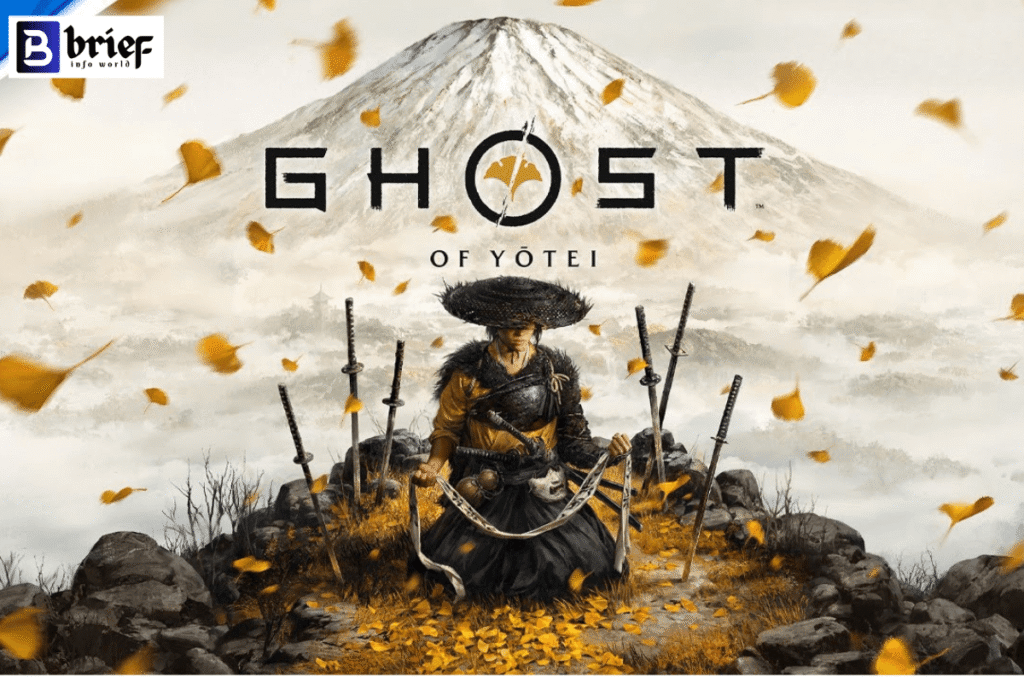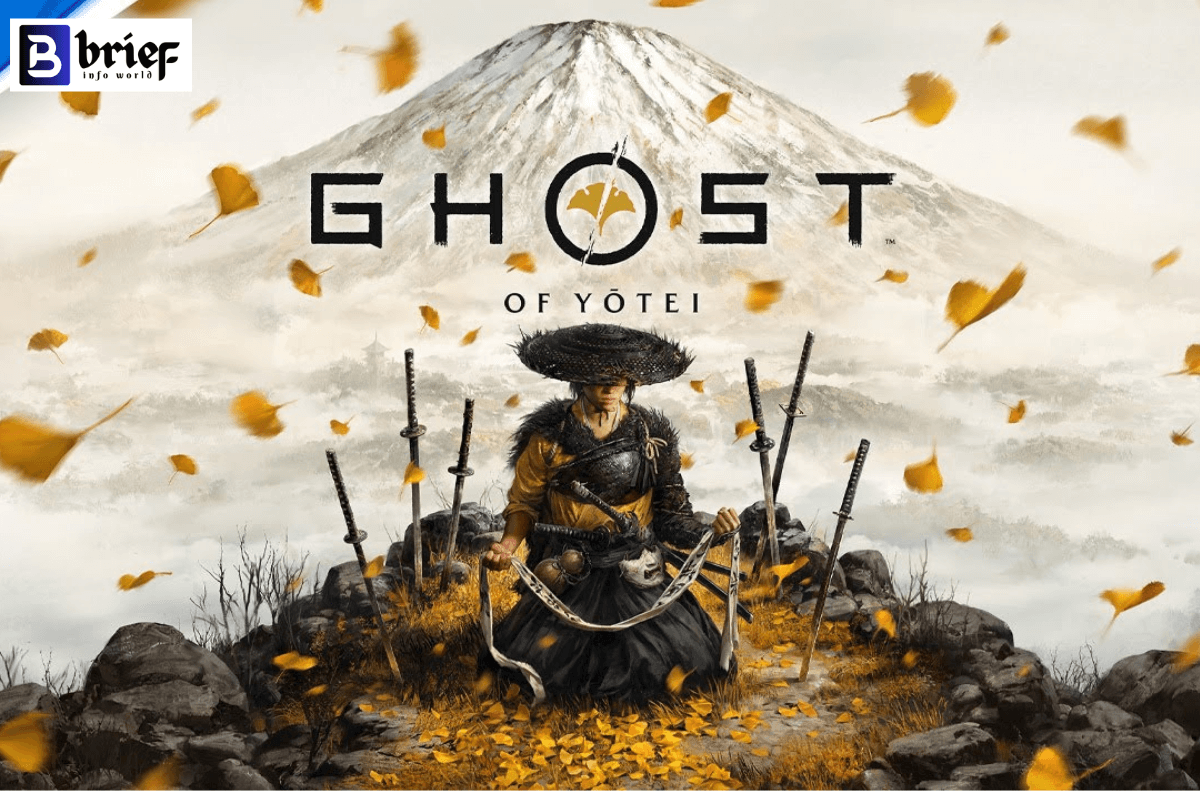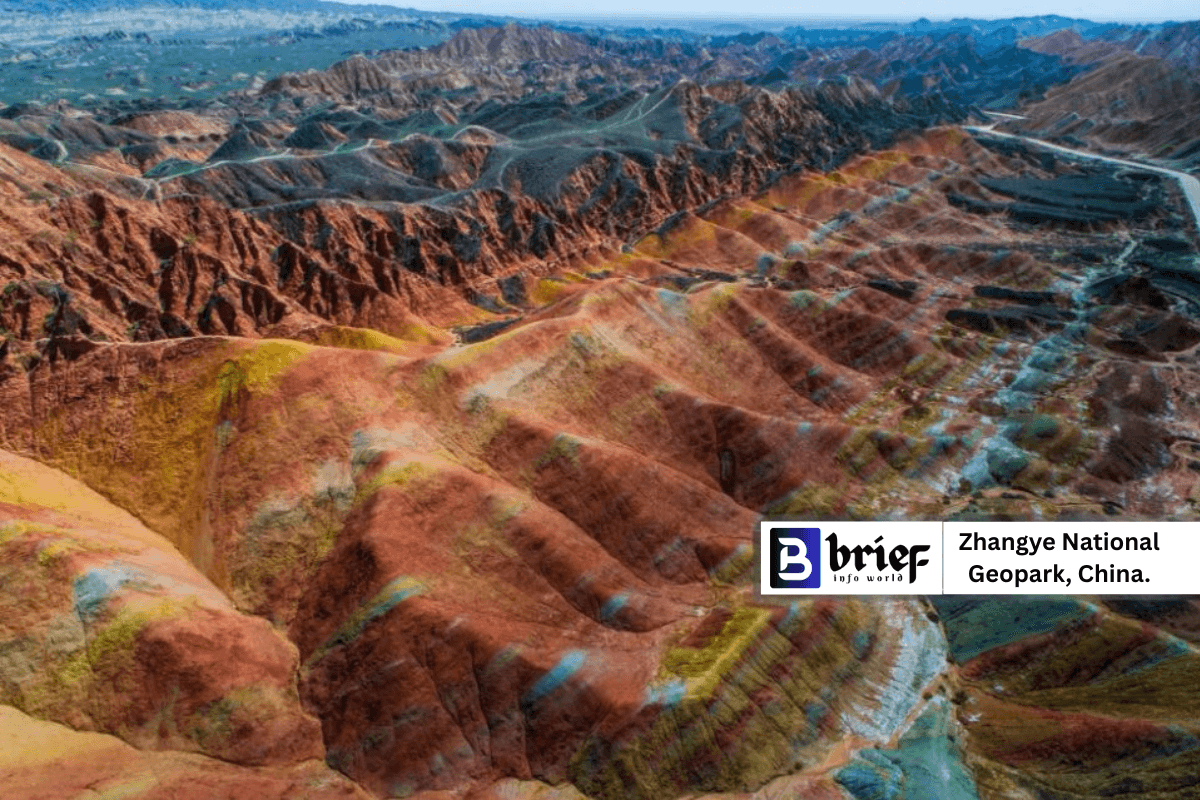
Ghost of Yotei Main Character: A Deep Dive
In “Ghost of Yoteihttps://briefinfoworld.com/painted-mountains-in-china,” mystery, folklore, and emotional depth are all interwoven in an engrossing, atmospheric tale. At the heart of the story is the protagonist, whose journey is just as fascinating as the phantom of Mount Yōtei itself. Consistently referencing the “Ghost of Yotei main character,” we will optimize your material for search engines while exploring the character, their story, motivations, and topics that are relevant to your audience.
Introduction: Who is the Ghost of Yotei Main Character?
The protagonist of Ghost of Yotei serves as the book’s emotional compass. They’re a contemporary foreigner who visits the slopes of Yōtei where mythology suggests something supernatural—possibly a climber, a local researcher, or a skeptic who becomes a believer. Their curiosity and vulnerability are just right, and they propel the story along.
Key qualities:
- Curiosity about local legends
- Emotional vulnerability stemming from personal grief or guilt
- Reluctant courage facing unknown forces
Backstory: What Shaped Them
A well-crafted backstory helps readers connect emotionally.
1. Personal Loss
The main character has frequently experienced a loss, such as the death of a brother, a broken relationship, or a setback in their profession. This encourages people to go to Yōtei in search of solace or diversion.
2. Academic or Professional Interest
They may be a folklorist, photographer, or historian who is keen to record Yōtei stories. Internal conflict results from their logical mind colliding with what they experience.
3. Past in the Area
They may be a folklorist, photographer, or historian who is keen to record Yōtei stories. Internal conflict results from their logical mind colliding with what they experience.
Character Arc: From Skeptic to Believer
The Ghost of Yotei main character undergoes a transformative journey:
Act 1: Arrival
- They reach the remote village near Yōtei.
- Locals tell frightening legend after legend.
- Our protagonist scoffs—“ghost stories, nothing more.”
Act 2: First Encounters
- Strange sounds, fleeting silhouettes, cold drafts.
- They uncover old diaries/articles about missing hikers and ghost sightings.
- Doubt creeps in—maybe the legends hold weight.
Act 3: Emotional Reckoning
- Encounters trigger memories of their loss.
- The mountain becomes a mirror—they must face grief.
Act 4: Climax
- A supernatural meeting—face-to-face with the Ghost of Yōtei.
- It reveals truths, acts as a guardian or messenger to help them heal.
Act 5: Resolution
- They return changed—at peace or with a deeper purpose.
- The haunting ends, but lessons linger.
Personality Traits: Why Readers Care
A great Ghost of Yotei main character is relatable and compelling:
1. Empathetic
They aid in the healing of the locals while grieving their own loss. This reflects the emotional journeys of the readers.
2. Determined but Human
They struggle but give up—doubt and fear make them genuine.
3. Curiosity-Driven
Intrigue is added by their intellectual prowess. As they piece together the legend, readers join them.
4. Growth-Oriented
They evolve—emotionally, spiritually. That arc is satisfying and inspiring.
Role in the Story: Threading the Themes
They are the lens through which we experience the story:
- Mystery Investigator
- Follows clues up Yōtei’s trails, symbolically ascending through their own psyche.
- Follows clues up Yōtei’s trails, symbolically ascending through their own psyche.
- Emotional Vessel
- Their ups and downs mirror the mounting tension.
- Their ups and downs mirror the mounting tension.
- Cultural Bridge
- As an outsider, they learn about local customs, bridging folklore and modernity.
- As an outsider, they learn about local customs, bridging folklore and modernity.
- Agent of Resolution
- Their acceptance or intervention calms restless spirits or breaks curses.
- Their acceptance or intervention calms restless spirits or breaks curses.
Narrative Devices Centered on the Main Character
1. Foreshadowing
Eerie dreams or local warnings preview the central confrontation—building tension.
2. Flashbacks
Short memories reveal their past loss, enriching their motivation.
3. Symbolic Motifs
Cold wind, rustling trees, Yōtei’s harsh silhouette mirror their grief.
4. Dialogues with Locals
Offer exposition, build world, and contrast their initial skepticism.
Emotional Depth: Making the Character Human
To humanize them:
- Show private moments – late-night crises, journal entries, tears.
- Use sensory detail – the taste of hot tea, crackling fire, mountain scents.
- Capture internal monologue – how they process fear and hope.
- Highlight human connections – fleeting romance, friendship with an elder guide.
- Emphasize moral choices – risk personal safety to help others.
Themes Reflected Through the Character
- Grief & Healing – They show moving from breakdown to acceptance.
- Belief vs Skepticism – A modern mind grappling with supernatural folklore.
- Nature’s Power – Yōtei’s majesty humbles them.
- Cultural Respect – They learn to revere local stories and people.
Incorporating the Ghost: Protagonist’s Interaction with the Spirit
Each encounter intensifies their arc:
- First Glimpse – A silhouette at dusk shakes them.
- Auditory Haunting – Whispers in the wind tap into their guilt.
- Physical Markers – Ice-cold handprints near abandoned huts.
- Vision in Crises – In a storm, the ghost guides them to safety.
- Emotional Confrontation – The ghost reveals a message of reconciliation.
- Final Transition – Choice: cling to past grief or step forward renewed.
The Climax: Transformation at the Summit
At Yōtei’s summit:
- The storm surrounds them—a symbolic purge.
- The ghost appears clearer; truth spills out.
- The protagonist embraces the mountain’s power and the ghost’s compassion.
- They leave the summit reborn—grief met with peace.
Size & Structure: Why the 2,000‑Word Treatment Works
A long-form piece allows layering:
- Detailed character profile
- Story beats and emotional triggers
- Writing advice for would-be authors
- SEO value targeting long-tail queries
- Rich FAQ for structured search visibility
FAQ – Ghost of Yotei Main Character
1. Who is the main character in Ghost of Yōtei?
The story’s protagonist is a grieving outsider—often a researcher or climber—whose journey up Mount Yōtei forces them to confront personal loss and local folklore.
2. What motivates the main character’s journey?
Haunted by guilt or grief—sometimes over a personal loss—they travel to Yōtei seeking answers, closure, or a distraction. Their curiosity, respect for folklore, and need for healing propel them forward.
3. Does the main character meet the ghost of Yōtei?
Yes—the climax hinges on direct supernatural encounters, culminating in a transformative vision on the mountain. These scenes both terrify and heal, offering emotional catharsis.
4. What are the main character’s emotional arcs?
They move from rational skepticism to emotional openness: mourning, fear, defiance, confrontation, and eventually acceptance or renewal.
5. Is the main character relatable?
Absolutely. Their flaws, doubts, and grief ground them. They aren’t fearless heroes—they’re human, making the ghostly events more impactful.
6. How does the main character change by the end?
By summit or near-summit, they reconcile with their past, gain acceptance (or actionable insight), and descend with newfound peace or purpose.
7. What themes does the main character embody?
Grief and healing, belief vs reason, might of nature, cultural respect, personal growth—through their lens, readers experience the heart of the story.
8. Can I model a character after the Ghost of Yotei protagonist?
Yes—use these building blocks: ● Bring relatable emotional stakes (loss, guilt).
● Start them logical, let them confront the supernatural.
● Give them acts of kindness or bravery.
● Use vivid sensory and internal reflection.
● Let the climax lead to clear transformation.
Final Thoughts
The Ghost of Yotei main character is the narrative anchor—driving plot, carrying emotional weight, and bridging the human world with the supernatural. By carefully building their backstory, emotional arc, and personal stakes, authors can craft a figure readers root for—and through whose eyes the mountain’s mysteries become profoundly moving.

Hi, I’m M Saif, a digital marketer with a strong focus on SEO and content writing. I help businesses improve their online visibility, drive organic traffic, and create engaging content that converts. With a results-driven approach, I work on strategies that not only boost rankings but also deliver real value to audiences.












Leave a Reply